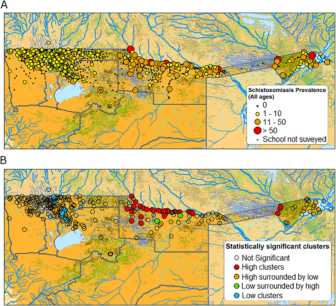Aug 31, 2015
By: Warren Lancaster, Senior Vice President, Programs
I had the pleasure of being a co-author on a recent academic paper that was published by PLoS NTDs. I like to think the piece explained breakthrough work and so a blog to showcase the exciting work it highlights seemed called for. In my last blog, I used the fact that I am a New Zealander to illustrate the importance of numbers in our work on controlling and eliminating NTDs. The fact that I am also Dutch offered an additional opportunity to connect this blog about mapping with our famous explorer – Abel Tasman – who was the first European sailor to visit in 1642 what Dutch cartographers called New Zealand, after our southern Province.
Abel Tasman was sent out from Jakarta to explore “unknown provinces” similar to how they would appear in a “Google satellite view.” When he saw New Zealand, he did not claim it or explore it, he just plotted it on the map to ensure explorers knew it was there and should be paid attention to.
In some ways this is what we do normally when we map schistosomiasis in a country. We map at a resolution that shows us if the disease is present in predicable habitats to determine if populations living in those broad regions require community-wide treatment with praziquantel.
The study served as a first proving test for this new type of mapping protocol and identified the enormous potential for point of care (POC)-RTDs to be regularly employed as a more cost effective diagnostic technique in large mapping surveys. Currently 11 countries are being mapped using this technology.
Abel Tasman put New Zealand on the map as we say. Exploring and mapping the geography of disease may not sound quite as adventurous, but schistosomiasis affects only very low income and rural communities; it is a sign of extreme poverty. When we know where it is, treatment is quick, easy and low cost; a health “best buy.” Abel Tasman fixed a point on a map through cartography. We are doing the same but to also push back the geographical outline and finally eliminate the plotted disease through epidemiology.

